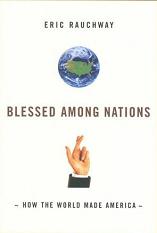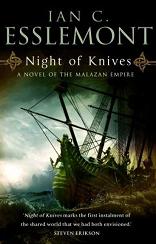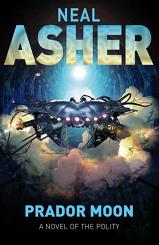
The Wartime Kitchen and Garden
Jennifer Davies
224 pages
published in 1993
I got this for my partner who’s much more into gardening, cooking and social history than I am. Tanks and planes and proper military history is more my forte, whereas she likes to know how ordinary people lived through the war. The Wartime Kitchen and Garden was therefore right up her street, as it examines how rationing and the loss of overseas food supplies impacted wartime Britain, the problems it caused gardeners and cooks both domestic and professional and how they had to adapt to new demands made on them. This book was part of a BBC series of the same name, which I never saw as it was broadcast long before I had cable.
When World War II broke out in September 1939 Britain was for its food supply largely dependent on foreign sources; one way or another these quickly became unavailable. Some food sources were physically out of bonds through German occupation, the supply of others was made much more risky through increasing U-boat warfare, while the British government limited the supply of yet others, prefering to spent money and shipping space on tanks, planes and other weapons… Fortunately the British government wasn’t entirely unprepared for this, having learned from the experiences in the previous war and immediately introduced rationing as well as replacement schemes to substitute foreign supplies with domestically grown food. Which meant that during the war the British people ate less, ate different foods and had to grow more of their own food themselves. Despite this austerity their dieet may however have actually been much healthier than it was before or since, just less fun…


